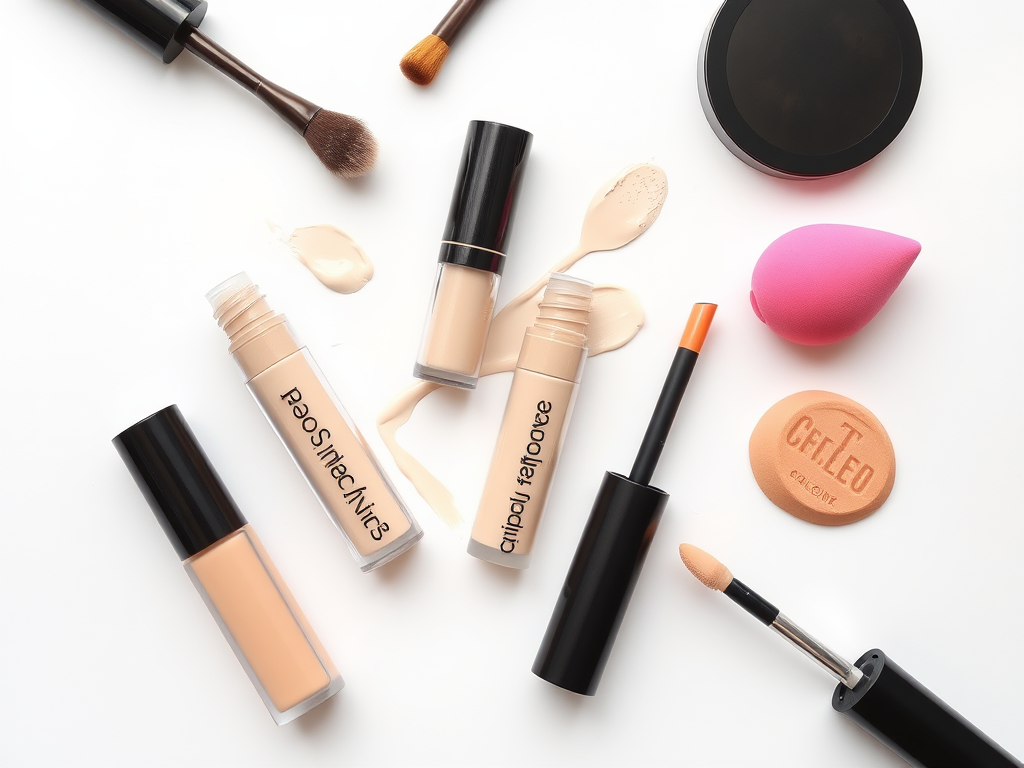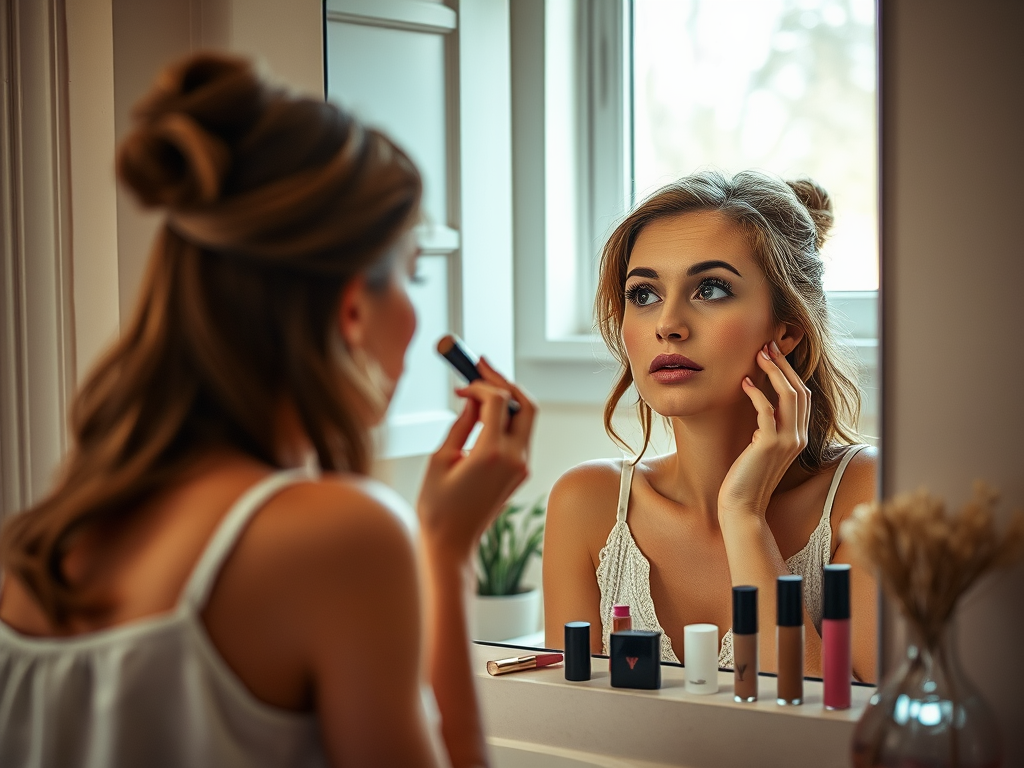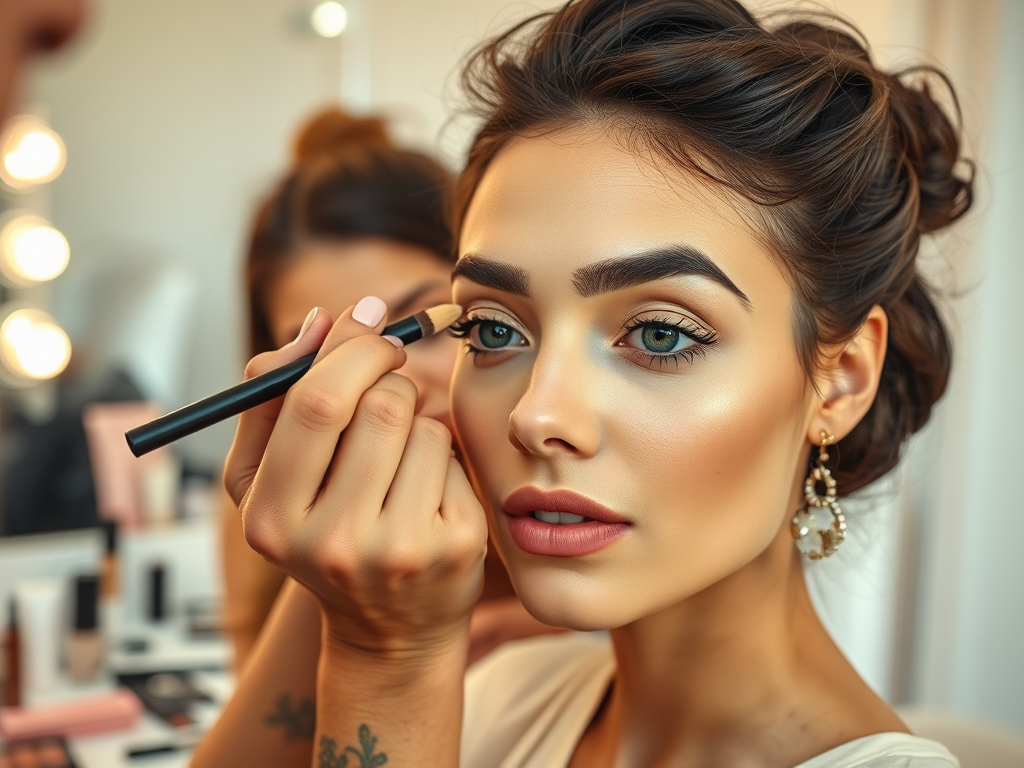In the vast and creative world of makeup, one product stands out for its transformative power—concealer. This small yet mighty product plays a crucial role in achieving a flawless complexion, helping to perfect and enhance the natural beauty of the skin. While many may think they only need foundation to achieve their desired look, concealer is equally important. It helps to camouflage imperfections, brighten areas that may be lacking radiance, and create a more polished appearance. Understanding what concealer is used for can empower makeup enthusiasts to make the best choices for their beauty routine. Now, let’s dive deeper into the multifaceted world of concealer and discover how it can revolutionize your makeup application.
The Purpose of Concealer in Makeup

Concealer is a specialized cosmetic product designed to cover up blemishes, dark circles, redness, and other imperfections. Unlike foundation, which provides an overall even skin tone, concealer focuses on targeted areas that may need extra attention. It is essential to recognize the distinct purpose of concealer since it is often confused with foundation. By understanding these differences, users can select the right product for their specific needs. Common misconceptions about concealer include thoughts that it should be applied universally or that it can replace foundation entirely, which isn’t quite the case. Each product plays its own unique role in achieving makeup harmony.
Types of Concealers

Concealers come in various formulations, each suited for different applications and skin types. The most common types of concealers include liquids, creams, sticks, and highly pigmented pots. Here’s a brief overview of their characteristics and ideal uses:
- Liquid Concealer: Lightweight and blendable, ideal for under-eye circles.
- Cream Concealer: Provides full coverage, suitable for acne and discoloration.
- Stick Concealer: Compact and convenient for on-the-go touch-ups.
- Potted or Cream-to-Powder Concealers: Excellent for more mature skin as they set beautifully and don’t emphasize texture.
Selecting the right concealer also depends on individual skin concerns. For example, oily skin may benefit from a matte-finish concealer, while dry skin may require a more hydrating formula. Therefore, understanding these different types can guide users in choosing a product that truly meets their specific needs.
Color correcting concealers allow users to neutralize various skin tones and blemishes using the color theory approach. Each color on the color wheel can help balance out another, providing a refreshing correction to impurities on the skin. For example, green concealers are fantastic for counteracting redness, while peach or orange shades can effectively counteract dark circles on deeper skin tones. The beauty of color correcting lies in its ability to create an even base before applying any other makeup product.
Areas of Application
Concealer is versatile in its application and can be used in multiple areas of the face to address specific concerns. Here are some common areas where concealer excels:
- Under-eye Circles: Brightens the eye area and reduces the appearance of fatigue.
- Blemishes and Acne: Provides targeted coverage for imperfections.
- Redness Around the Nose: Eliminates unwanted redness and creates a balanced look.
- Age Spots and Discoloration: Helps to even out skin tone effectively.
Applying concealer effectively requires understanding which shades work best in each area.
| Concern | Recommended Shade | Type of Concealer |
|---|---|---|
| Dark Circles | Peach/Orange for dark; Yellow for brightening | Liquid or Cream |
| Blemishes | Your skin tone | Stick or Cream |
| Redness | Green | Liquid or Cream |
Choosing the proper shade and type of concealer for each area can make a significant difference in the final makeup look. Understanding how to apply each type effectively can elevate a beauty routine, making it more effortless and tailored.
How to Apply Concealer Effectively
Applying concealer may seem straightforward, yet there are various techniques that can enhance effectiveness. Start by prepping the skin; using a primer can help create a smooth base for the concealer. Following this, the next steps can vary based on the area you are addressing. For under-eye circles, applying concealer in a triangular shape with the base along the lower lash line can brighten and lift the area.
It’s essential to blend the concealer gently. Tools like brushes, sponges, and even fingers can be effective depending on the desired finish. For blemishes, using a small brush and tapping the concealer into the skin offers coverage without taking away the concealer’s pigment or texture. Lastly, don’t forget to set the concealer in place with powder to ensure it lasts throughout the day. Layering is also a critical technique, applying thin layers as needed until achieving desired coverage.
The Role of Concealer in Different Makeup Looks
Concealer can significantly shift a makeup look from natural to glam. For a more natural appearance, a lightweight, hydrating concealer can be used minimally to achieve that no-makeup makeup look. Conversely, for a more dramatic or glam look, fuller coverage concealers can transform the face, sculpting and defining features.
The versatility of concealer means that its applications can vary based on the occasion or the desired look. Some makeup artists even incorporate it into creative looks, using bold shades for artistic effects. This adaptability is what makes concealer a staple in daily makeup bags and professional kits alike.
Conclusion
In the makeup realm, concealer serves as an indispensable tool, offering a world of possibilities for creating a flawless complexion. With its ability to cover imperfections, brighten areas, and enhance features, understanding its uses can elevate anyone’s makeup game. Whether you are choosing a liquid, cream, or stick concealer, experimenting with different shades and techniques can lead to unexpected yet delightful results. So embrace your inner makeup artist, and don’t shy away from trying out various formulas and application methods to discover what works best for you.
Frequently Asked Questions
- What is the difference between concealer and foundation? Concealer is used to cover specific imperfections, while foundation provides an overall base color for the skin.
- Can concealer be used as a foundation? Yes, some individuals choose to use concealer as a foundation for lighter coverage.
- Which undertone should I choose for my concealer? Choose a concealer with a similar undertone to your skin or one that counteracts your specific imperfections.
- How can I make my concealer last longer? Set with a translucent powder and use a primer underneath for longevity.
- Is there a specific applicator for concealer? While fingers can work well, brushes and sponges are often recommended for precise application and blending.
